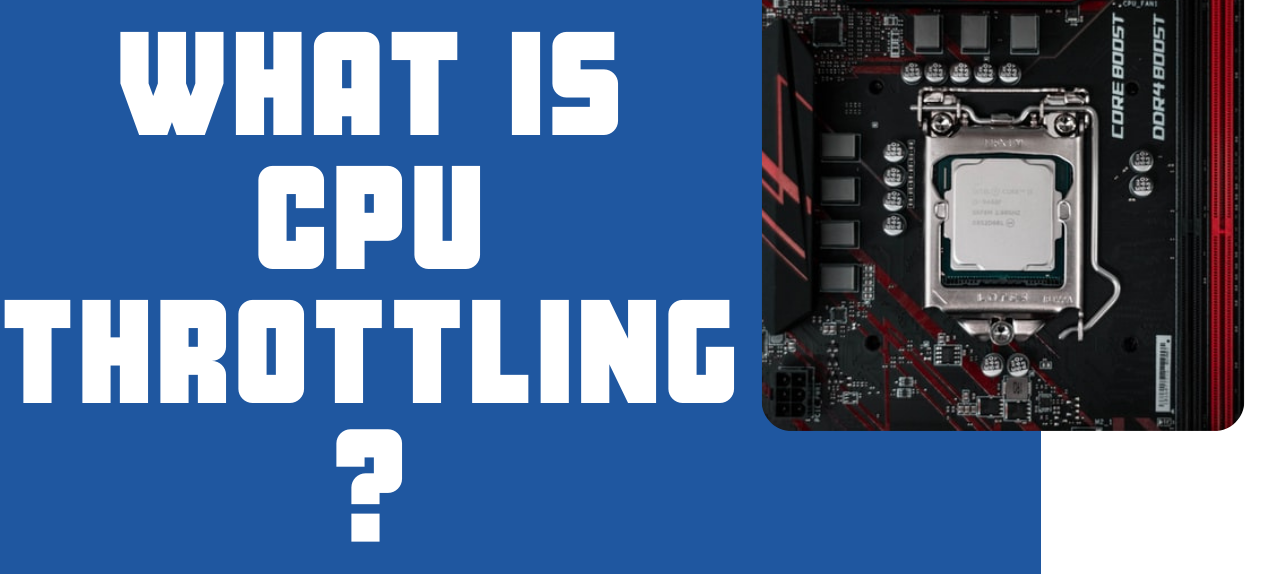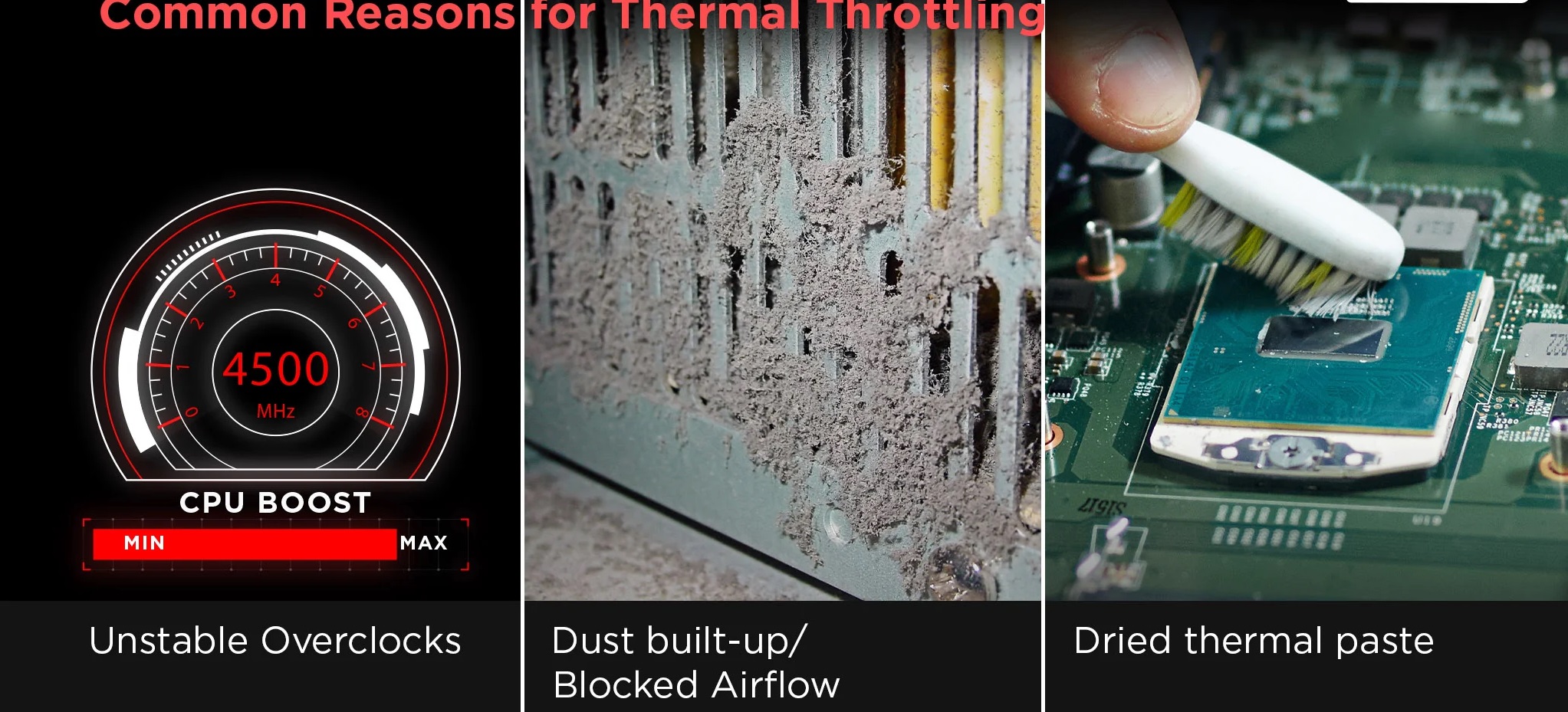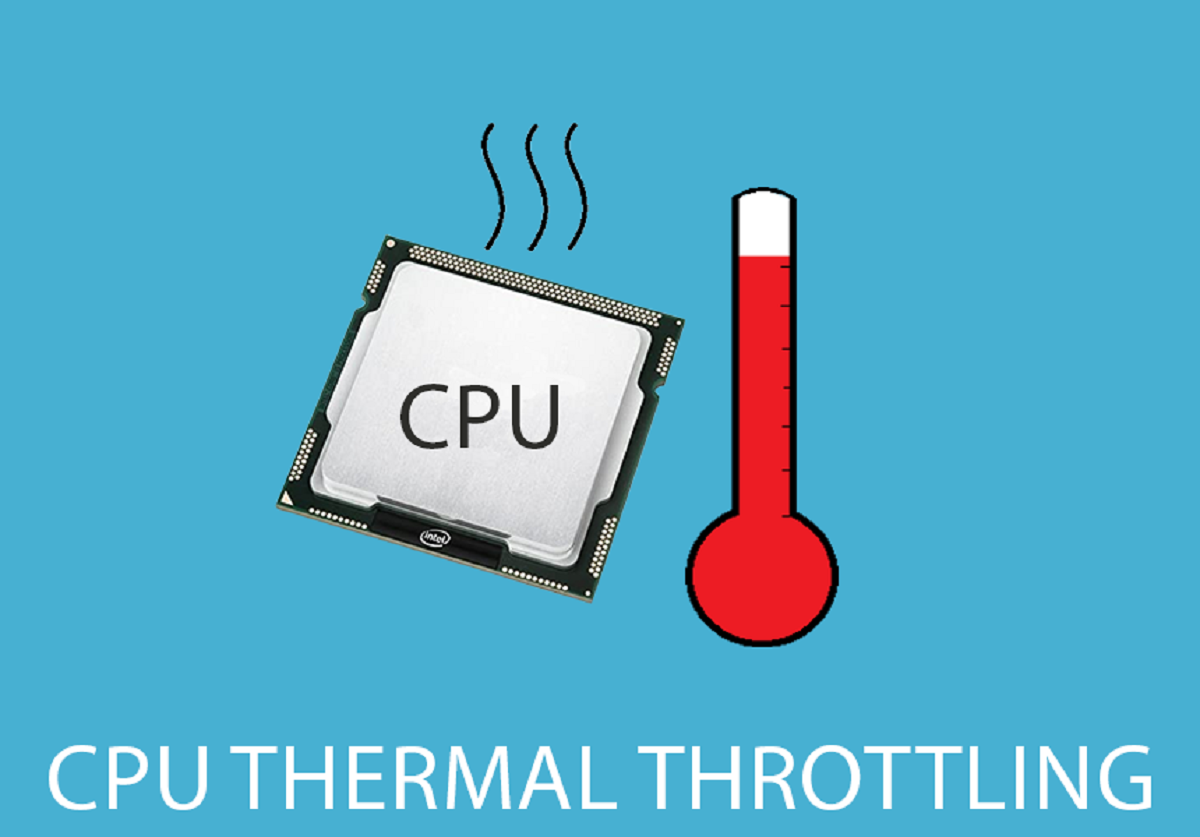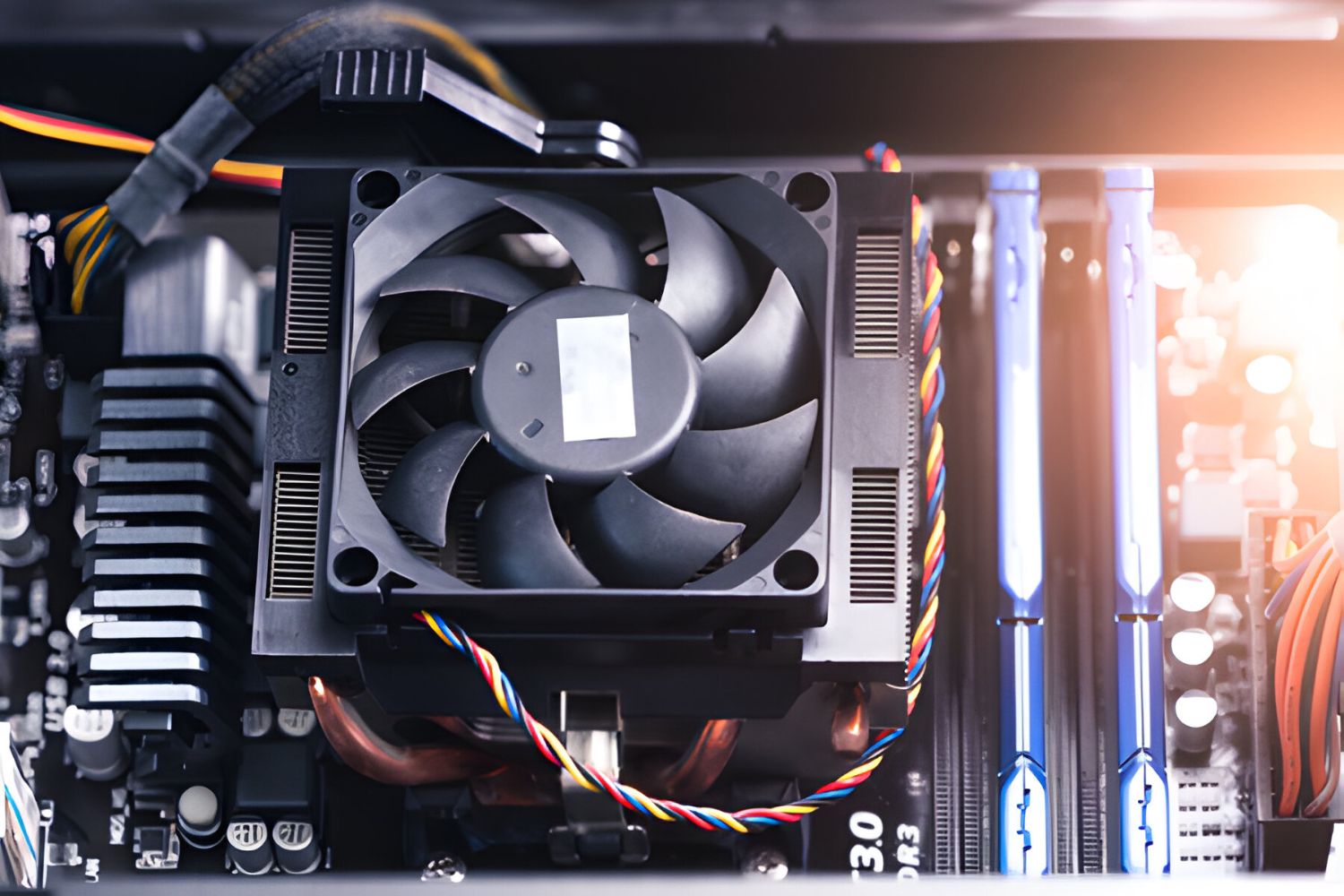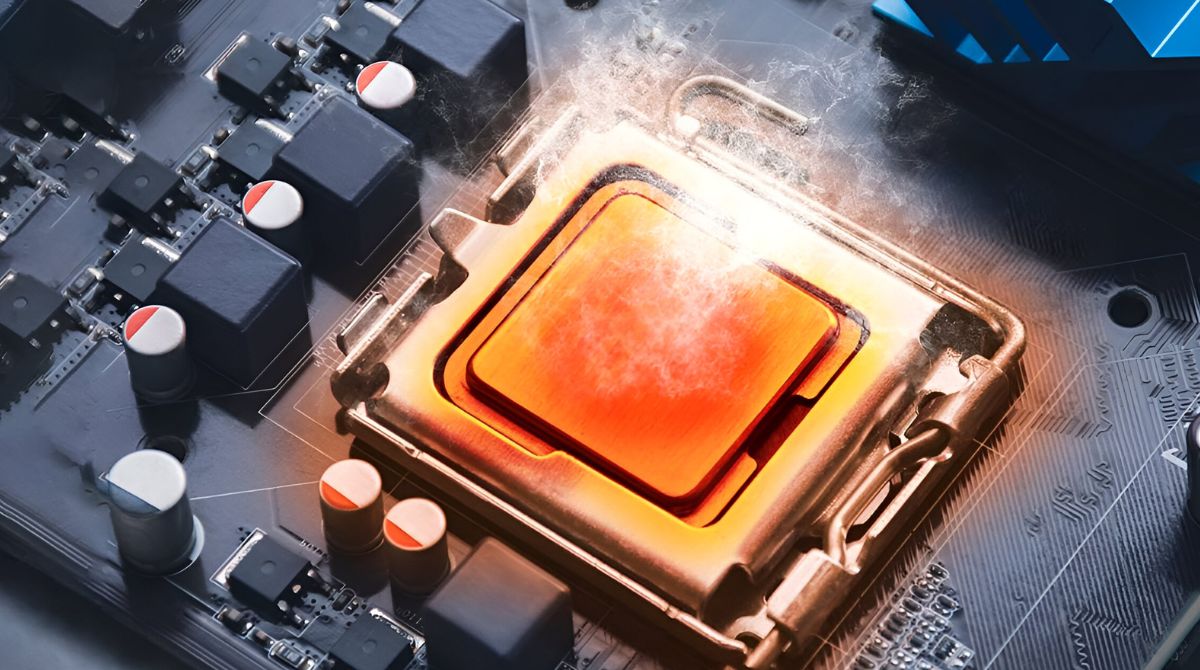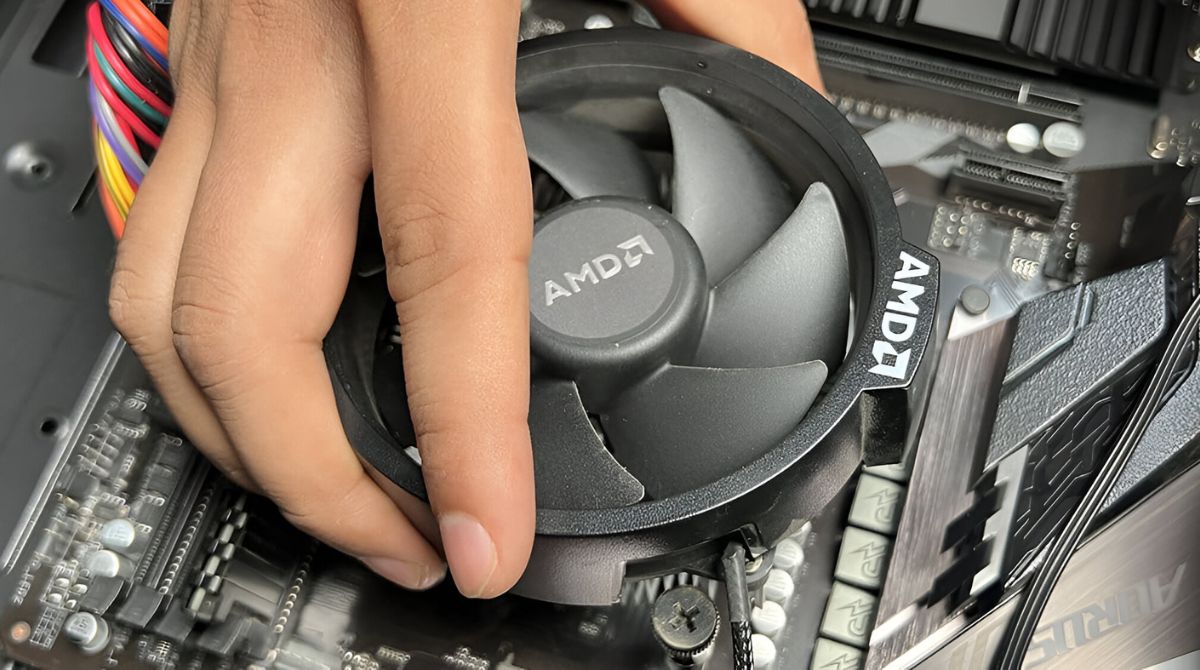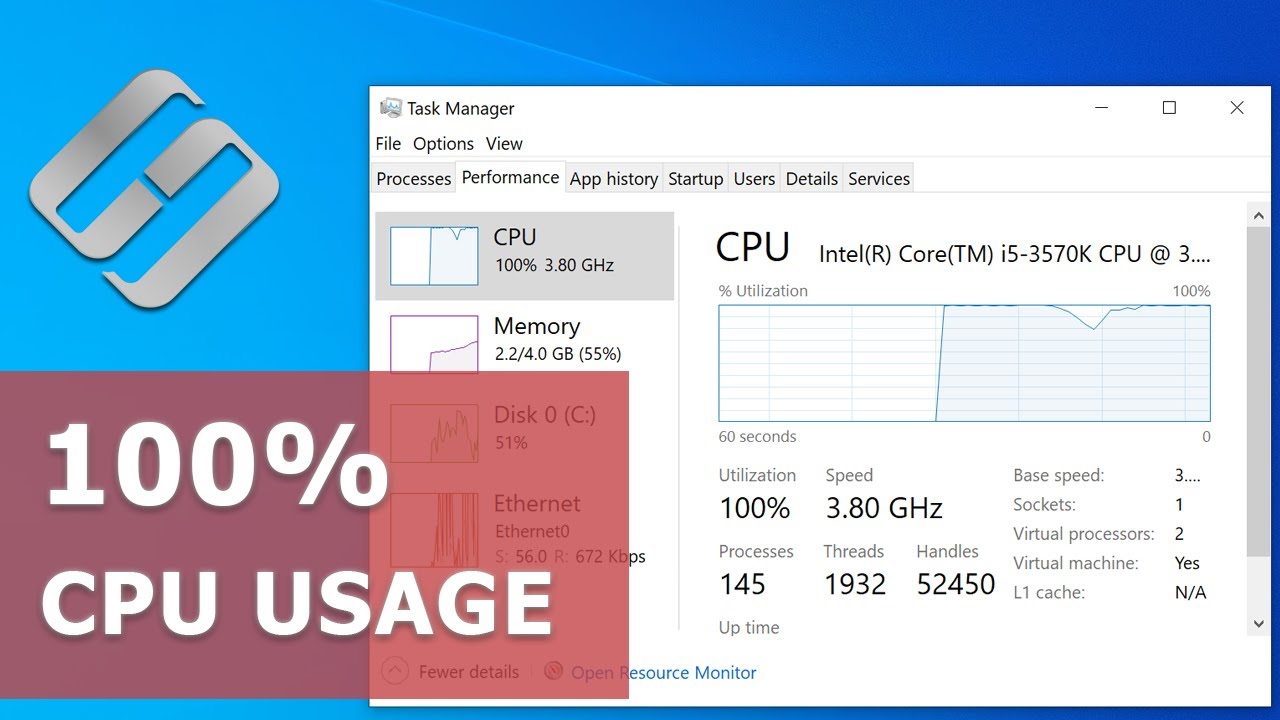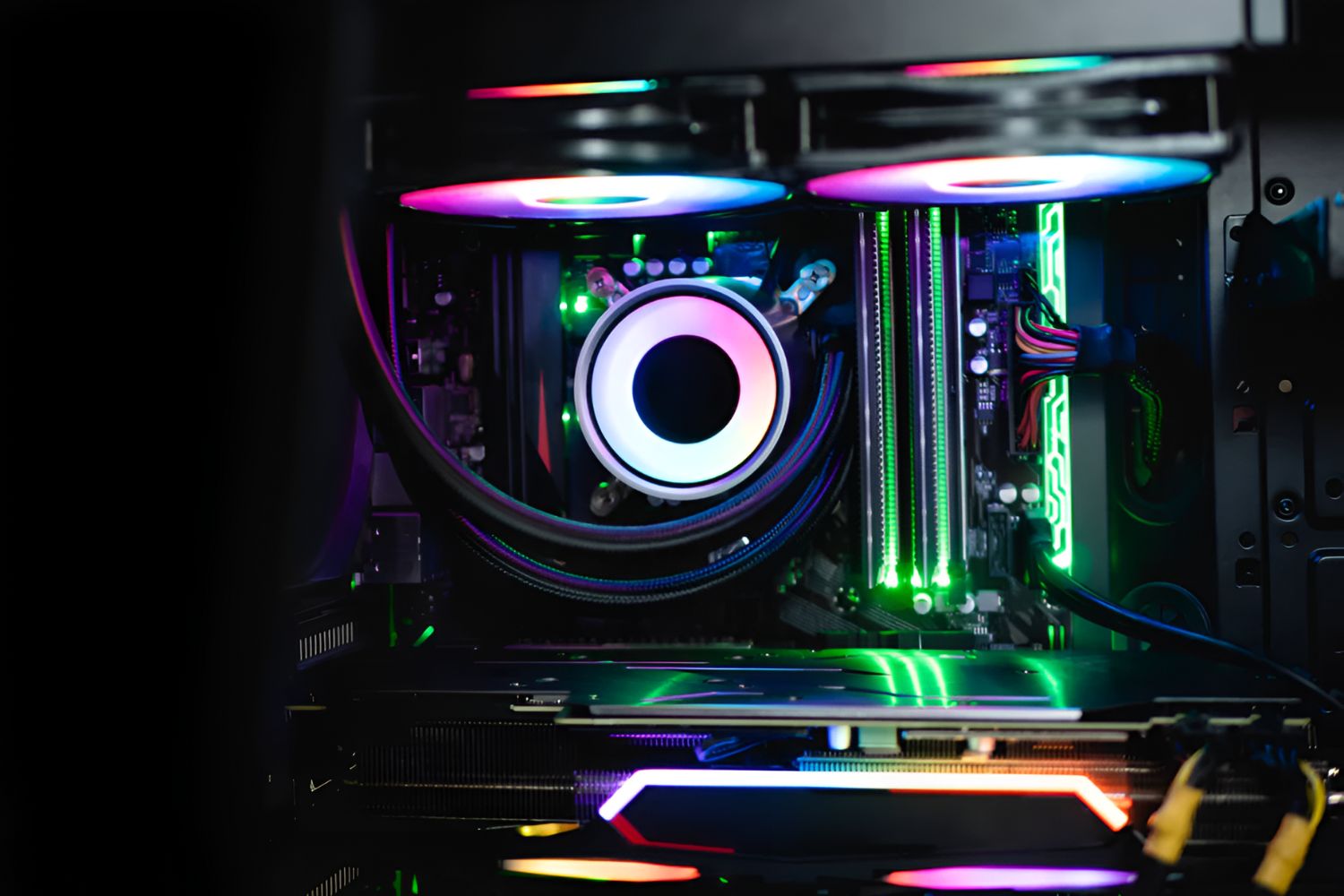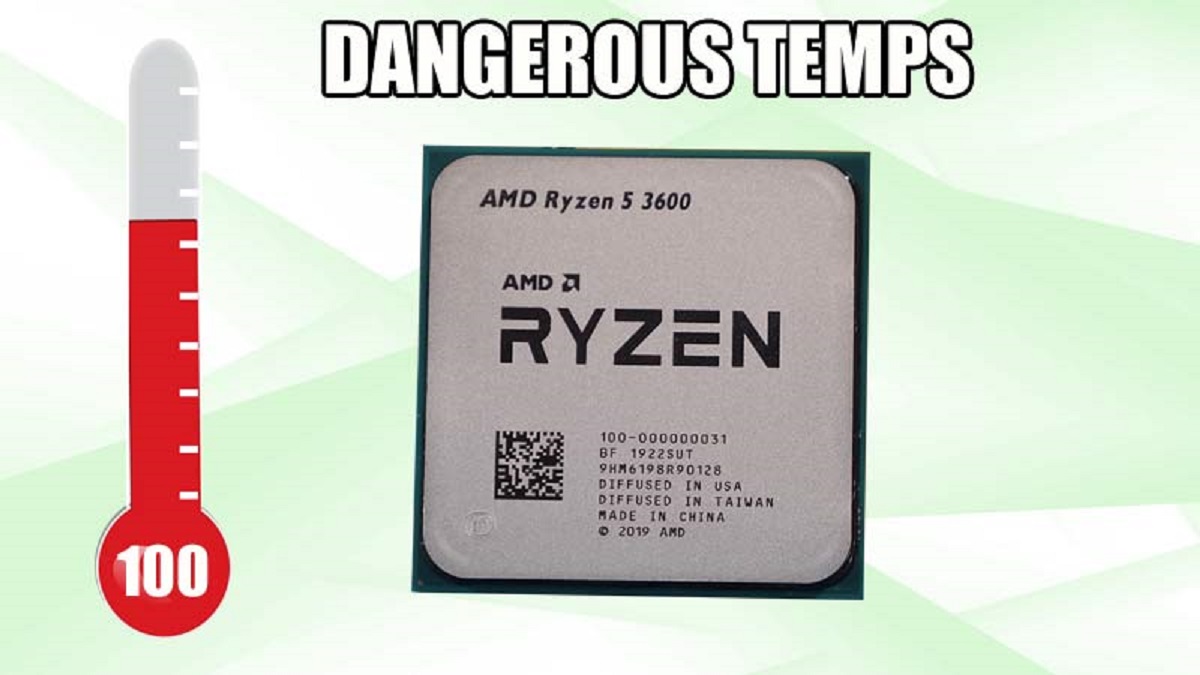Introduction
Introduced in the early 2000s, CPU throttling has become a crucial aspect of computer performance management. It has revolutionized the way in which processors operate, allowing for power savings and preventing overheating. But what exactly is CPU throttling and how does it affect the performance of your computer?
CPU throttling, also known as dynamic frequency scaling, is a technique used by computer systems to regulate the clock speed of the central processing unit (CPU). The clock speed determines the number of instructions a CPU can execute per second. By adjusting the clock speed, throttling enables the CPU to balance performance and power consumption.
The main purpose of CPU throttling is to prevent the CPU from operating at full capacity all the time, which can lead to excessive heat generation and power consumption. Instead, the CPU dynamically adjusts its clock speed based on the system’s workload. During periods of low activity, the CPU can operate at a lower clock speed to conserve power. Conversely, during high-demand tasks, the CPU can increase its clock speed to deliver optimal performance.
Modern operating systems and hardware come equipped with advanced algorithms that monitor the system’s workload and temperature to determine the appropriate clock speed for the CPU. This dynamic adjustment allows for efficient resource allocation, prolongs battery life in laptops, and prevents the system from overheating.
In the following sections, we will explore the various causes and effects of CPU throttling, as well as provide tips on how to monitor and prevent throttling to ensure smooth and optimized performance of your computer system.
What is CPU Throttling?
CPU throttling, also known as dynamic frequency scaling, is a technique used by computer systems to regulate the clock speed of the central processing unit (CPU). The clock speed determines the number of instructions a CPU can execute per second. By adjusting the clock speed, throttling enables the CPU to balance performance and power consumption.
When a computer is idle or running less demanding tasks, the CPU can operate at a lower clock speed, reducing power consumption and generating less heat. On the other hand, when the system encounters heavier workloads or resource-intensive tasks, the CPU can increase its clock speed to deliver faster processing times and better overall performance.
There are two main types of CPU throttling:
- Thermal throttling: This type of throttling is triggered when the CPU temperature exceeds a certain threshold. To prevent overheating, the CPU reduces its clock speed, sacrificing performance to maintain a safe operating temperature. Thermal throttling is especially important in laptops, where limited cooling capabilities can lead to rapid temperature rises.
- Power throttling: Power throttling comes into play when the system’s power supply or battery is unable to meet the demands of the CPU running at full speed. In such cases, the CPU dynamically adjusts its clock speed to reduce power consumption, allowing the system to sustain operation for longer periods or prevent shutdown due to insufficient power.
The decision to throttle the CPU is made by the operating system in response to signals received from hardware monitoring sensors. These sensors monitor factors such as CPU temperature, power consumption, and workload, providing real-time data that enables the system to efficiently manage clock speeds.
While CPU throttling helps maintain the stability and operational lifespan of computer systems, it can sometimes result in degraded performance during demanding tasks. Understanding the causes and effects of CPU throttling can empower users to optimize their systems for the best possible performance.
Causes of CPU Throttling
CPU throttling can be triggered by a variety of factors, ranging from hardware limitations to software configurations. Understanding the causes of CPU throttling can help diagnose performance issues and implement appropriate solutions. Here are some common causes:
- Overheating: One of the primary reasons for CPU throttling is overheating. When the CPU temperature exceeds its operational threshold, the system activates thermal throttling to reduce power consumption and prevent damage to the processor. Inadequate cooling systems, such as malfunctioning fans or clogged vents, can contribute to excessive heat buildup.
- Power limitations: If the power supply or battery cannot deliver enough power to sustain the CPU at maximum clock speed, power throttling may occur. This typically happens when the system is running on battery power or when the power supply cannot handle the demands of power-hungry components.
- High CPU usage: When the CPU is under heavy load due to resource-intensive tasks or running multiple processes simultaneously, it can reach its maximum capacity. In such cases, the operating system may engage CPU throttling to prevent system instability or crashes. High CPU usage can be caused by applications, background processes, or even malware.
- Incorrect power settings: Misconfigured power settings can also lead to CPU throttling. For example, if the power plan in the operating system is set to a power-saving mode, it may restrict the CPU’s clock speed to conserve energy. Adjusting the power settings to a balanced or high-performance mode can prevent unnecessary throttling.
- Hardware limitations: In some cases, the hardware components themselves may have limitations that trigger CPU throttling. For instance, if the cooling system of a laptop cannot dissipate heat efficiently, the CPU may throttle to prevent overheating. Similarly, older or low-end CPUs may have lower thermal and power thresholds, making them more prone to throttling.
Identifying the specific cause of CPU throttling is crucial in order to implement effective solutions. Monitoring system temperatures, checking power supply capabilities, and identifying applications or processes causing high CPU usage can help pinpoint the underlying issues and take appropriate action.
Effects of CPU Throttling
CPU throttling can have both positive and negative effects on the performance and overall user experience of a computer system. Understanding these effects is essential for troubleshooting and optimizing system performance. Here are some of the most notable effects of CPU throttling:
- Reduced performance: One of the most significant effects of CPU throttling is reduced performance during resource-intensive tasks. When the CPU operates at a lower clock speed, it may take longer to execute instructions, resulting in slower response times and decreased overall system performance.
- Increased power efficiency: CPU throttling plays a vital role in power management. By operating at lower clock speeds during periods of low activity, the CPU reduces power consumption, leading to improved battery life in laptops and reduced energy consumption in desktop systems. This is especially beneficial for mobile devices and helps extend the time between charges.
- Prevention of overheating: CPU throttling is essential in preventing overheating, which can cause system instability and damage hardware components. By reducing the CPU’s clock speed, thermal throttling helps regulate the temperature within safe limits and protects the system from overheating-related issues.
- Quiet operation: Throttling the CPU can result in quieter operation of the computer system. When the CPU runs at lower clock speeds, it generates less heat, reducing the need for cooling fans to spin at higher speeds. This can lead to a quieter computing experience, especially in laptops and small form factor PCs.
- Prolonged system lifespan: By managing the operating temperature and power consumption, CPU throttling can contribute to a longer lifespan of the computer system. Operating the CPU within safe temperature ranges and avoiding unnecessary strain on components can help prevent premature aging and ensure the longevity of the hardware.
While CPU throttling can have some negative effects on performance, its overall benefits are significant. By striking a balance between performance and power consumption, throttling helps optimize system functionality and enhances the user experience.
How to Monitor CPU Throttling
Monitoring CPU throttling is crucial to ensure optimal performance and identify any issues that may be affecting your computer system. By tracking the CPU’s clock speed and other relevant metrics, you can determine if throttling is occurring and take appropriate action. Here are some methods to monitor CPU throttling:
- Task Manager or Activity Monitor: The built-in task manager on Windows and activity monitor on macOS provide real-time information about CPU usage and clock speed. By monitoring these metrics, you can observe any fluctuations in the CPU’s clock speed, which may indicate throttling.
- Third-party monitoring software: There are numerous third-party software applications available that can provide in-depth monitoring of CPU performance, including clock speed, temperature, and utilization. Popular options include HWMonitor, Core Temp, and Open Hardware Monitor. These programs offer comprehensive insights into CPU throttling and can help diagnose any potential issues.
- BIOS or UEFI settings: Some computer systems allow you to monitor CPU throttling settings directly from the BIOS or UEFI interface. By accessing these settings, you can view information about the CPU’s clock speed, temperature thresholds, and any enabled throttling features.
- Temperature monitoring tools: Since CPU throttling is often triggered by overheating, monitoring the temperature of your CPU can give you an indication of whether throttling is occurring. Software tools like HWMonitor, Core Temp, and SpeedFan can display real-time CPU temperature readings, allowing you to assess if thermal throttling is being enacted.
By regularly monitoring CPU throttling, you can stay informed about the performance and health of your computer system. Detecting any abnormal behavior, such as frequent or excessive throttling, can help you identify potential hardware or software issues that require attention.
Tips to Prevent CPU Throttling
Experiencing CPU throttling can be frustrating, as it can lead to reduced performance and slower response times. Fortunately, there are several steps you can take to prevent or minimize CPU throttling and ensure optimal performance of your computer system. Here are some useful tips:
- Clean your computer: Dust and debris can accumulate within your computer, obstructing airflow and causing excessive heat buildup. Regularly clean the fans, vents, and heat sinks to ensure proper cooling. This simple maintenance task can prevent overheating and reduce the chances of thermal throttling.
- Ensure proper ventilation: Make sure your computer has adequate airflow by placing it in a well-ventilated area, away from obstructions that could restrict air circulation. Additionally, consider using a laptop cooling pad or a desktop fan to help dissipate heat effectively.
- Optimize power settings: Adjust your computer’s power settings to balanced or high-performance mode to prevent unnecessary power throttling. Be aware that setting the power mode to high-performance may result in increased power consumption and reduced battery life on laptops.
- Manage background processes: Close any unnecessary applications or processes running in the background that may be consuming CPU resources. Some applications, such as antivirus software or update managers, can run tasks that cause high CPU usage and trigger throttling.
- Upgrade hardware components: If your computer is consistently experiencing throttling, consider upgrading the hardware components. Investing in a more efficient cooling system, such as better fans or liquid cooling, can greatly improve heat dissipation and prevent thermal throttling. Likewise, upgrading to a more powerful power supply can ensure sufficient power delivery to the CPU under heavy loads.
- Monitor temperature regularly: Use temperature monitoring software to keep an eye on the CPU temperature. If you notice temperatures consistently running high, consider taking additional cooling measures or consulting with a technician to address the issue.
By implementing these preventive measures, you can minimize the likelihood of CPU throttling and enjoy smoother and more reliable performance from your computer system.
Conclusion
CPU throttling is a crucial technique used in computer systems to balance performance and power consumption. By adjusting the CPU’s clock speed based on workload and temperature, throttling prevents overheating, extends battery life, and optimizes system performance. Understanding the causes and effects of CPU throttling is essential to diagnose and address performance issues effectively.
Common causes of CPU throttling include overheating, power limitations, high CPU usage, incorrect power settings, and hardware limitations. Monitoring CPU throttling can be done through built-in task managers, third-party software, BIOS/UEFI settings, and temperature monitoring tools. By keeping a close eye on CPU throttling, users can identify any abnormal behavior and take appropriate action to maintain optimal performance.
To prevent CPU throttling, it is important to clean your computer regularly, ensure proper ventilation, optimize power settings, manage background processes, upgrade hardware components if necessary, and monitor the temperature of your CPU. These preventative measures can minimize the occurrence of CPU throttling and contribute to a smoother and more efficient computing experience.
In conclusion, CPU throttling is a crucial aspect of modern computer systems that helps balance performance and power consumption. By understanding its effects, monitoring for its occurrence, and implementing preventative measures, users can optimize the performance and longevity of their computer systems.







